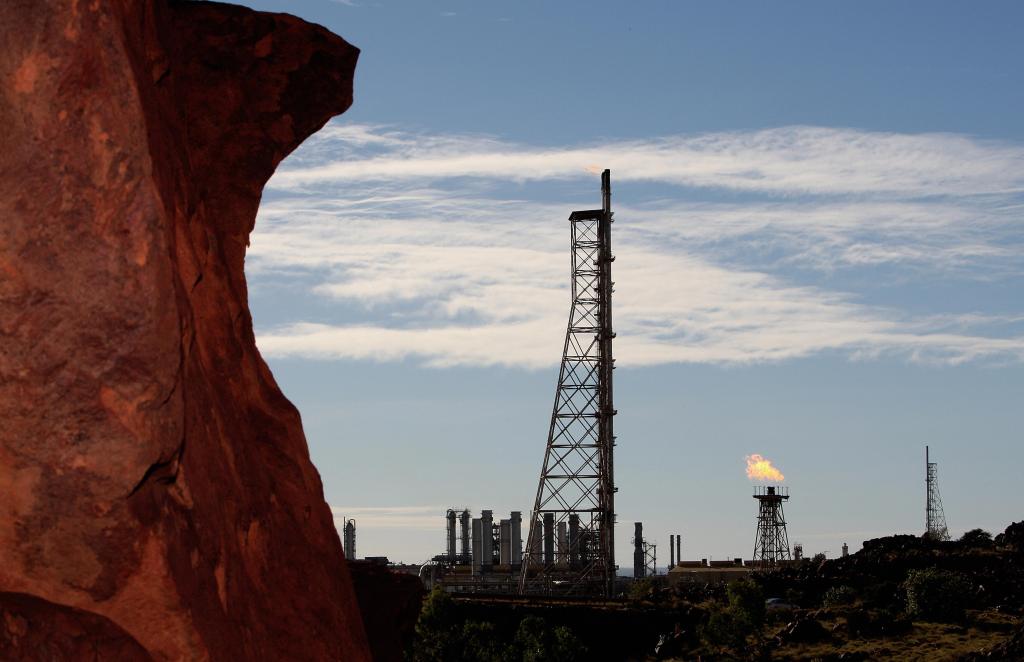UNESCO has granted World Heritage status to Murujuga rock art in Western Australia that many have said is vulnerable as a result of a nearby gas project.
“This is a momentous day for our old people and our future generations to have Murujuga’s outstanding universal heritage values recognized by the world,” Raelene Cooper, a Pilbara traditional owner and Mardudhunera woman who is a former chair of MAC and founder of the Save Our Songlines group, told ABC News. “Our rock art tells the stories of our people, and maintains our songlines and bloodline connection to our ngurra.”
Related Articles

The Murujuga site, located in the Pilbara region in Western Australia, is comprised of ancient Aboriginal rock art that predates such notable monuments as Stonehenge and the Pyramids of Giza. It contains more than 1 million known petroglyphs, including the oldest depiction of a human face, dating as far back as 50,000 years.
The land is overseen by the five language groups known as the Ngarda-Ngarli and Aboriginal peoples.
After Indigenous groups campaigned for protection for two decades, the landscape was nominated by the Australian government for World Heritage status in 2023.
Major gas and fertilizer plants, which are a major pollution concern, sit on the approximately 247,105 acres of nominated land.
The Karratha Gas Plant, operated by Woodside Energy, is part of the North West Shelf Project, which has been in operation since the 1980s. Woodside is seeking to expand its plant, but the efforts have been scrutinized over the resulting emissions. (Last month, the government conditionally approved a plan to extend the gas plant through 2070.)
While the Australian government has reported that the Murujuga rock art is in overall good condition, the International Council on Monuments and Sites (ICOMOS), a body that advises UNESCO, claimed the site was vulnerable to these emissions in May.
In Paris, custodians from the Murujuga Aboriginal Corporation (MAC) and the Federal Environment Minister Murray Watt campaigned against the draft decision that recommended the bid for World Heritage status be referred back to Australia.
Though the decision to protect the area as a UNESCO World Heritage site was unanimous among UNESCO member states, it moved an amendment on Friday for the country to continue tracking the impact of local industry on the land. Other traditional owners, however, pushed for more protections at the site, with some arguing for an end to nearby oil and gas expansion.
“Today, Australia rewrote the World Heritage listing in the interests of the gas industry. Even though all the recommended protections were removed after concerted lobbying from the Australian government, we are still overjoyed to see Murujuga finally World Heritage listed by UNESCO,” Cooper continued.
“Meanwhile, fertilizer plants are still being built around our sacred sites and polluting gas plants will emit toxic acid on our rock art for another 50 years. The final decision today falls well short of the protections that expert body ICOMOS has recommended,” she added. “But comments from World Heritage Committee members today send a clear signal to the Australian government and Woodside that things need to change to prevent the ongoing desecration of Murujuga by polluting industry.”
This designation by UNESCO marks the 21st World Heritage site for the country and the second of Aboriginal cultural heritage.

